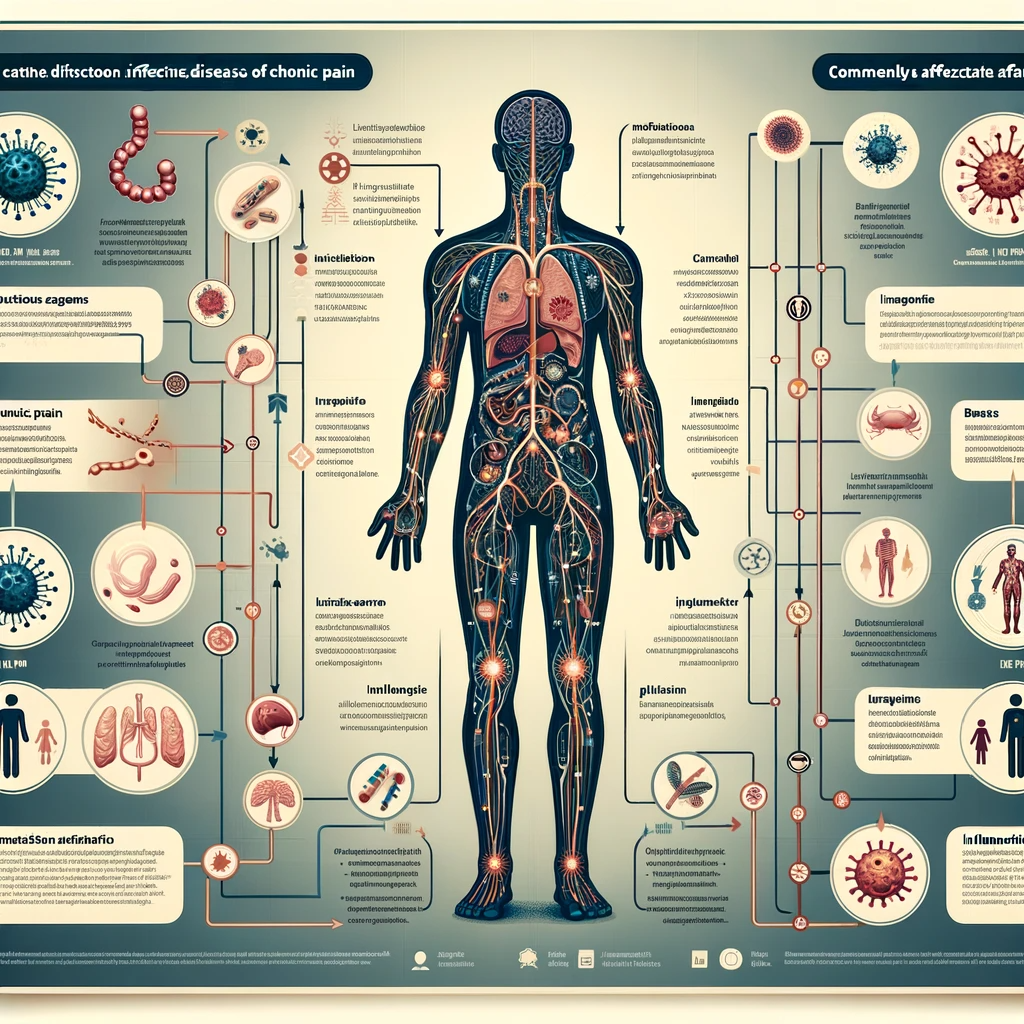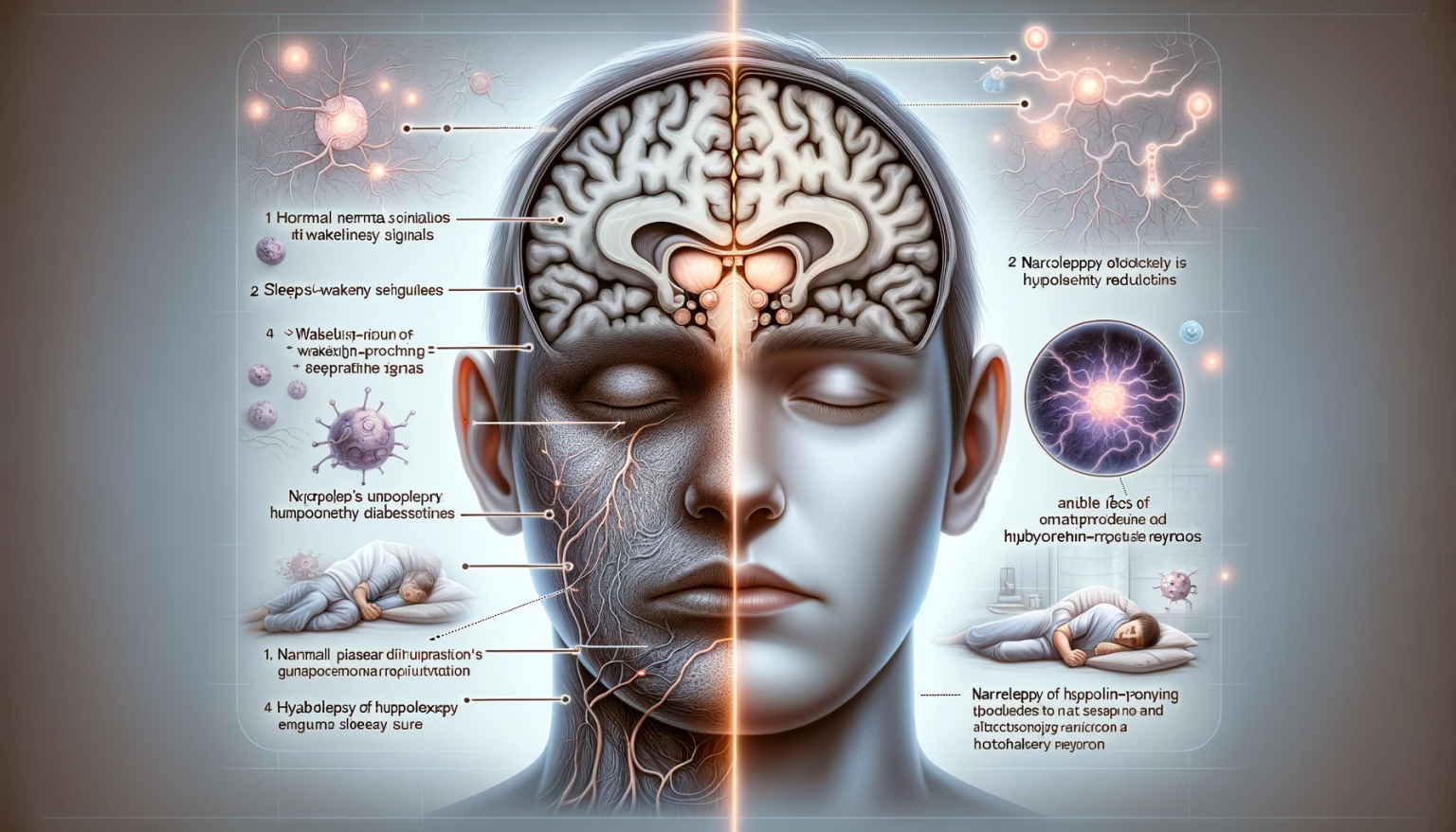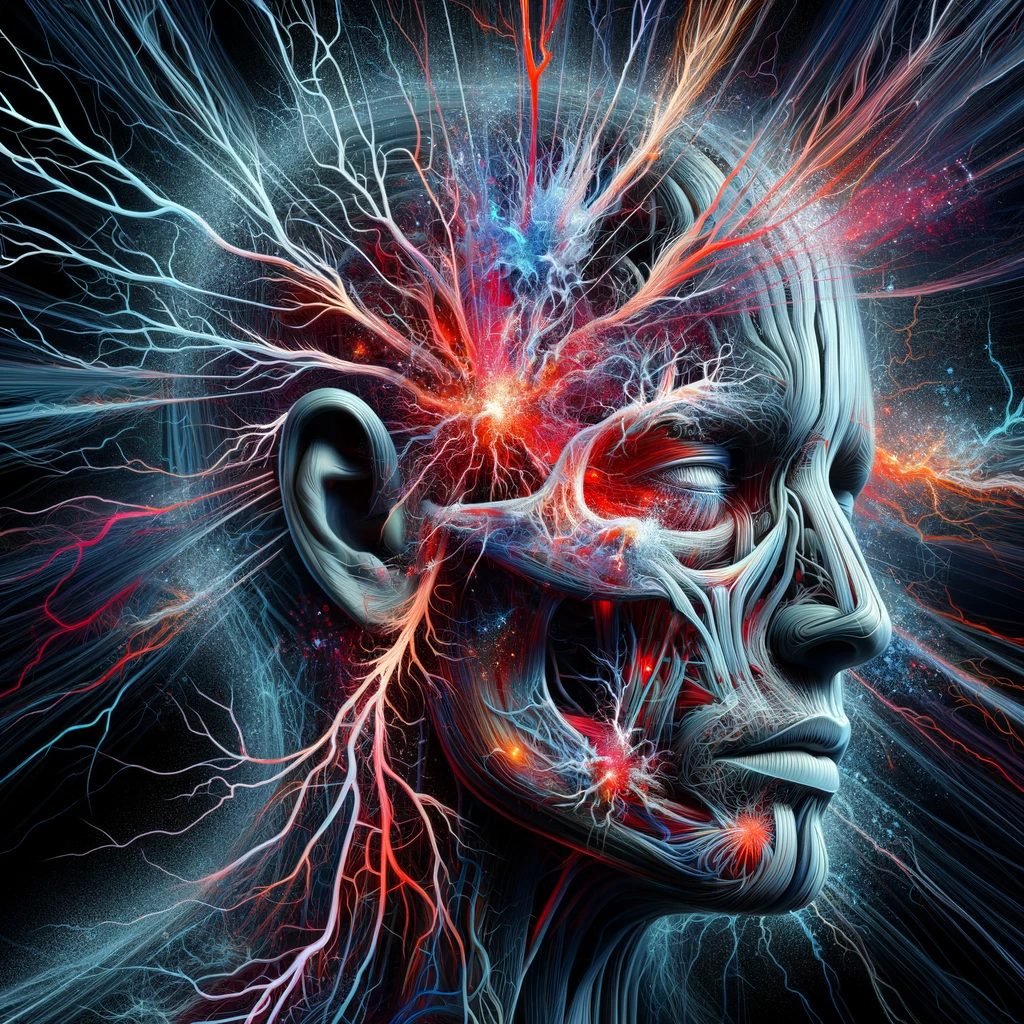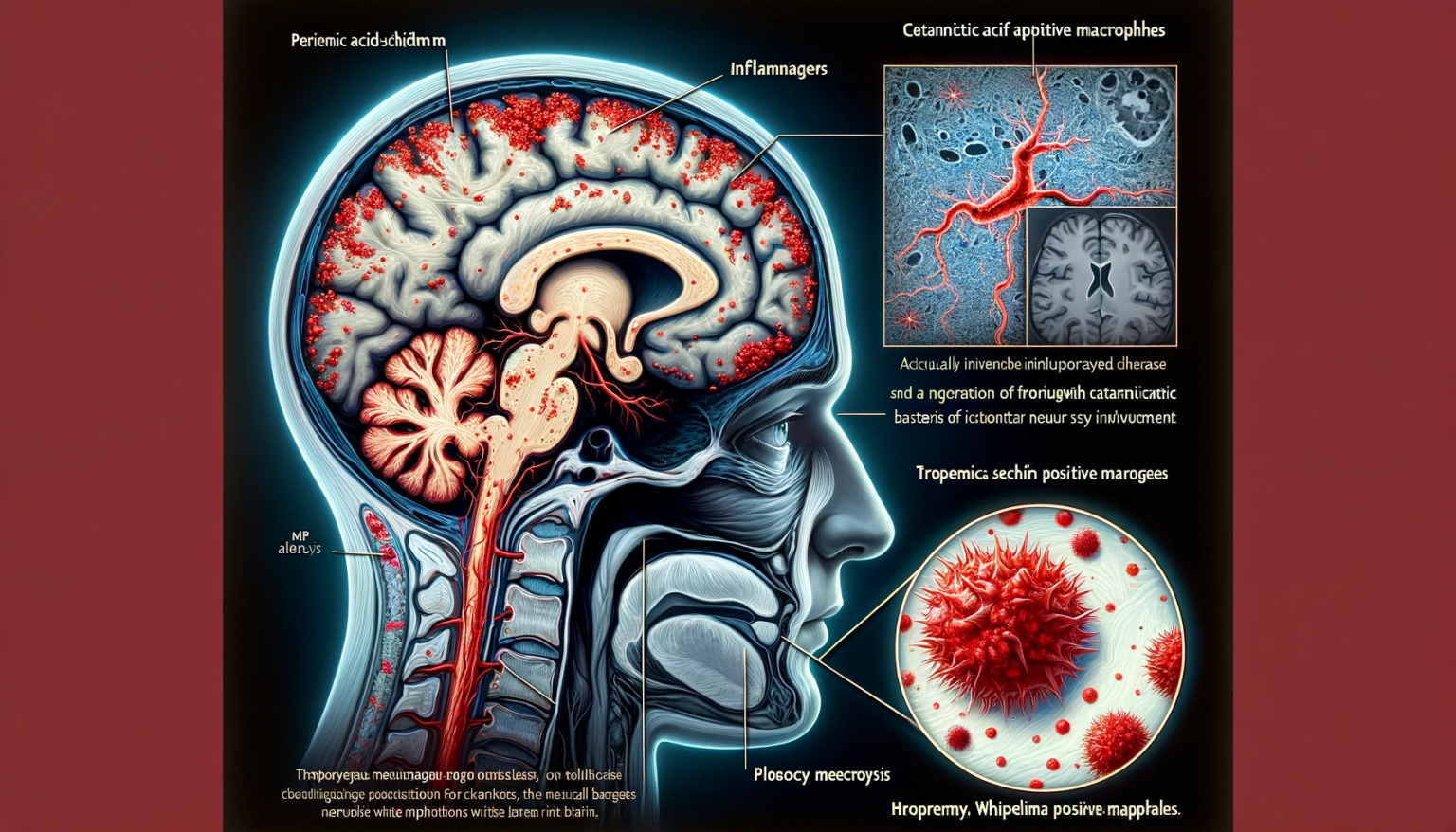 Abstract
Abstract
Corticobasal Degeneration (CBD) is a rare, progressive neurodegenerative disorder. This review delves into its neuropathological hallmarks, clinical manifestations, diagnostic challenges, and current therapeutic approaches.
Introduction
Corticobasal Degeneration is a complex neurological condition characterized by asymmetric motor symptoms and cognitive decline. It is often misdiagnosed due to its overlap with other neurodegenerative diseases.
Neuropathology
CBD’s defining feature is the accumulation of tau protein in neurons and glial cells in specific brain regions, including the cerebral cortex and basal ganglia. This accumulation leads to neurofibrillary tangles, neuronal loss, and gliosis.
Clinical Manifestations
Clinically, CBD presents with a spectrum of symptoms: asymmetric rigidity, apraxia, cortical sensory deficits, and alien limb phenomenon. Cognitive impairments, particularly executive dysfunction, are also prominent.
Diagnostic Considerations
Diagnosing CBD is challenging due to its clinical heterogeneity and overlap with other tauopathies. Diagnostic criteria rely on clinical assessment, neuroimaging findings, and, in some cases, the presence of specific biomarkers.
Therapeutic Management
While there is no cure for CBD, management focuses on symptomatic relief. Physiotherapy aids in mobility, occupational therapy supports daily functioning, and pharmacotherapy may help manage specific symptoms like rigidity.
Prognosis and Future Directions
The progression of CBD is generally relentless, leading to significant disability. Research is ongoing to better understand its pathogenesis and develop targeted therapies.
Conclusion
Corticobasal Degeneration remains a formidable challenge in neurology. Improved diagnostic accuracy and research into disease-modifying treatments are crucial for advancing care for patients with CBD.







